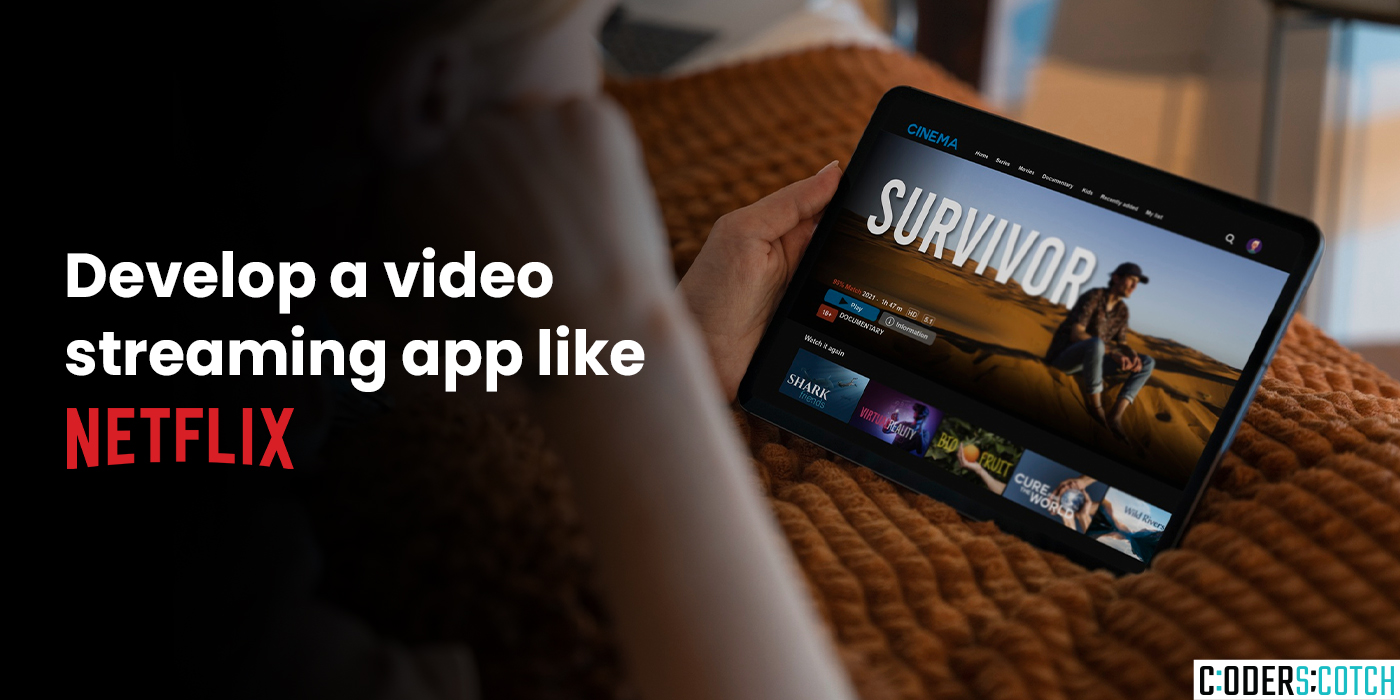Creating a senior trade show website in the USA involves addressing the specific needs of an older demographic while also catering to the requirements of exhibitors and sponsors. These websites must be user-friendly, accessible, and engaging. In this blog, we will delve into the essential steps and best practices for developing a successful senior trade show website, supplemented with examples to illustrate key points.
Understanding the Audience
Demographics
Senior trade shows target individuals aged 55 and above. This group often includes retirees, those seeking leisure activities, and seniors interested in healthcare, financial planning, and lifestyle products tailored to their needs.
User Experience Considerations
- Accessibility: Ensure the website complies with Web Content Accessibility Guidelines (WCAG). This includes providing text alternatives for non-text content, creating adaptable content, and making it easier for users to see and hear content.
- Simple Navigation: Use large, easily readable fonts, clear buttons, and a straightforward layout. Avoid clutter and ensure that navigation is intuitive.
- Mobile-Friendly Design: Seniors are increasingly using smartphones and tablets. A responsive design ensures the site looks and functions well on all devices.
Key Features of a Senior Trade Show Website
1. Event Information
Provide detailed information about the trade show, including dates, location, schedule, and a list of exhibitors. Make this information easy to find and update regularly. Example: AARP Events.
2. Registration and Ticketing
Implement an easy-to-use registration system. Offer clear instructions and multiple payment options. Ensure that the process is straightforward, with minimal steps to complete the registration. Example: The 50+ Show.
3. Exhibitor and Sponsor Sections
Create dedicated sections for exhibitors and sponsors. Provide information on booth options, pricing, and benefits. Include an easy application and payment process. Example: Senior Expo USA.
4. Educational Content
Offer content such as articles, videos, and webinars relevant to seniors. Topics can include health, finance, travel, and hobbies. This not only attracts visitors but also keeps them engaged.
5. Contact Information
Make it easy for users to contact you. Include a phone number, email address, and a contact form. Ensure that responses are prompt and helpful.
6. Community Features
Consider adding forums or social media integration to create a sense of community. This encourages repeat visits and engagement.
Technical Considerations
1. SEO Optimization
Optimize the website for search engines to ensure it ranks well in search results. Use relevant keywords, create high-quality content, and ensure the site is fast and mobile-friendly.
2. Security
Implement robust security measures to protect user data. Use SSL certificates, ensure secure payment processing, and follow best practices for data protection.
3. Analytics
Use tools like Google Analytics to monitor website traffic and user behavior. This data can help you understand what’s working and where improvements are needed.
Design Best Practices
1. Clean and Professional Design
A clean design with plenty of white space helps keep the website looking professional and easy to navigate.
2. High-Quality Images and Videos
Use high-quality visuals to make the site more engaging. Ensure that images and videos load quickly and do not slow down the site.
3. Consistent Branding
Maintain consistent branding throughout the website. This includes colors, fonts, and logo placement.
Promoting the Trade Show Website
1. Social Media Marketing
Use platforms like Facebook, Instagram, and LinkedIn to promote the trade show. Target your ads specifically to the senior demographic.
2. Email Marketing
Collect email addresses through your website and send regular updates and newsletters. Include information about exhibitors, schedules, and special events.
3. Partnerships
Partner with senior organizations, community centers, and relevant businesses to promote the event. Cross-promotional opportunities can significantly increase visibility.
Examples of Successful Senior Trade Show Websites
1. AARP Events
AARP Events offers a comprehensive platform with clear navigation, detailed event information, and accessible design. The site is optimized for both desktop and mobile devices, ensuring a seamless user experience.
2. The 50+ Show
The 50+ Show provides an excellent example of a straightforward registration process and rich educational content. The site is well-organized, with dedicated sections for exhibitors and attendees.
3. Senior Expo USA
Senior Expo USA features a clean and professional design, easy navigation, and extensive information for both exhibitors and visitors. The site also includes community features and a focus on user engagement.
Conclusion
Developing a senior trade show website in the USA requires a thoughtful approach that takes into account the specific needs and preferences of older adults. By focusing on accessibility, providing valuable content, and ensuring a seamless user experience, you can create a successful online platform that drives attendance and engagement for your trade show. Remember, the key is to keep it simple, informative, and engaging.






